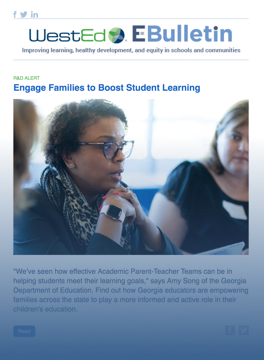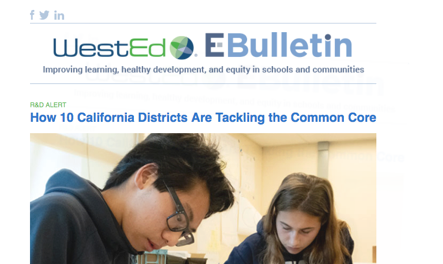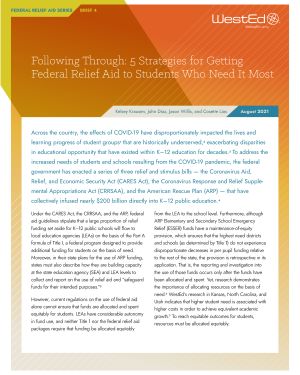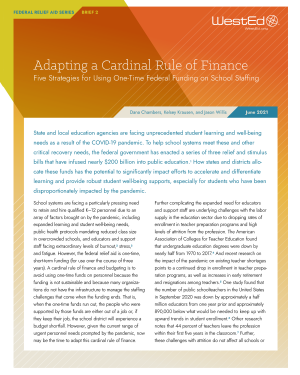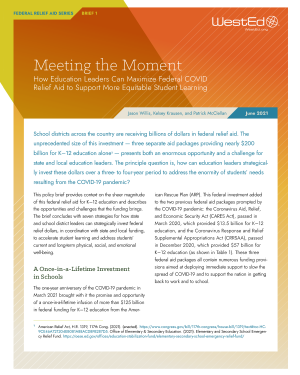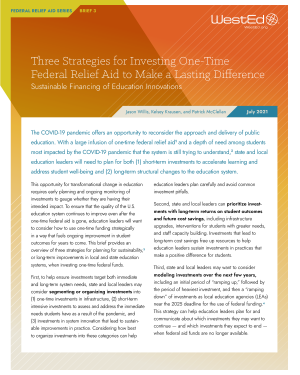Following Through: 5 Strategies for Getting Federal Relief Aid to Students Who Need It Most
Description
To address the increased needs of students and schools resulting from the COVID-19 pandemic, the federal government has enacted a series of three relief and stimulus bills — the Coronavirus Aid, Relief, and Economic Security Act (CARES Act), the Coronavirus Response and Relief Supplemental Appropriations Act (CRRSAA), and the American Rescue Plan (ARP) — that have collectively infused nearly $200 billion directly into K–12 public education.
State education agency leaders play a critical role in providing guidance and technical assistance to local education agencies regarding the equitable allocation and use of funding to help ensure that dollars reach and positively affect the students with highest need.
In addition, states have an opportunity to support LEAs in thoughtfully engaging community stakeholders, elevating the voices of underserved communities and utilizing their input in strategic resource decisions, and strengthening LEAs’ ongoing planning processes.
This policy brief offers five strategies that state and local education agency leaders can use to follow through on the intended use of federal relief aid – including measuring, monitoring, and disseminating information on the impact of local investments in order to meaningfully support students most impacted by the pandemic.
Resource Details
Product Information
Copyright: 2021Format: PDF
Pages: 12
Publisher: WestEd
Stay Connected
Subscribe to the E-Bulletin and receive regular updates on research, free resources, solutions, and job postings from WestEd.
Your download will be available after you subscribe, or choose no thanks.
